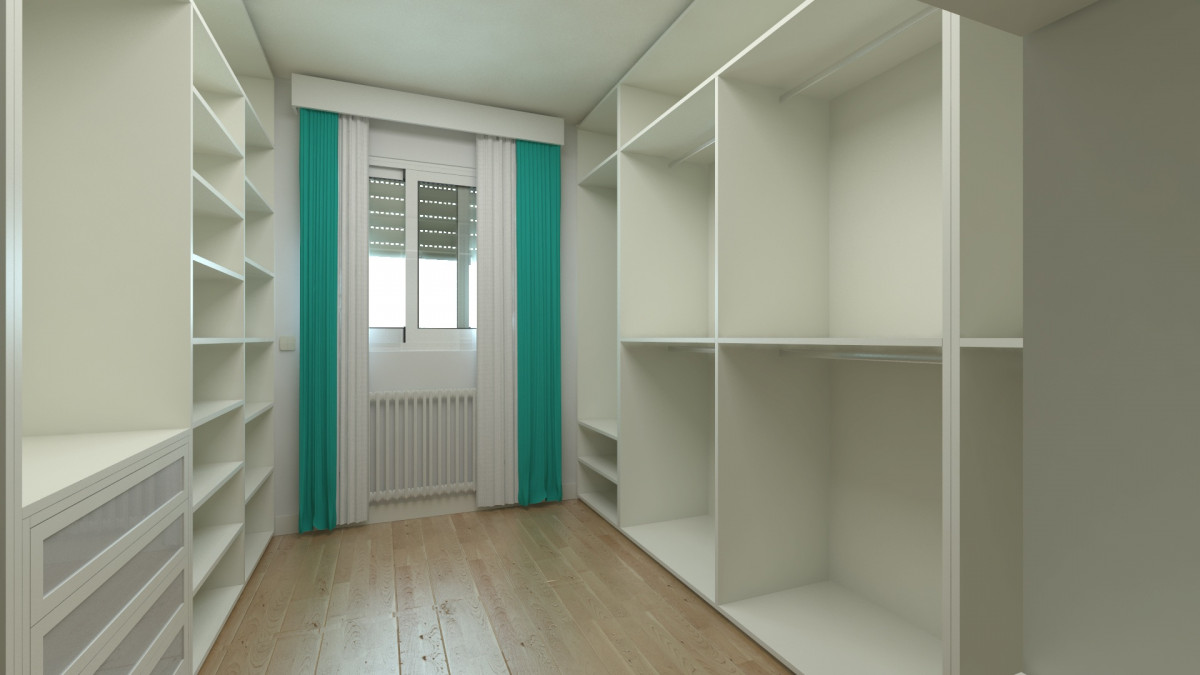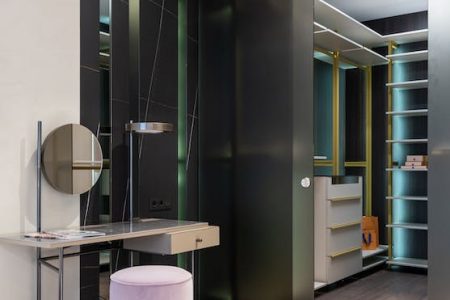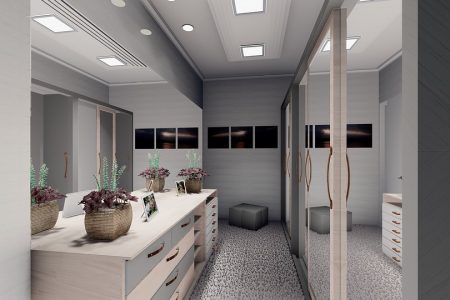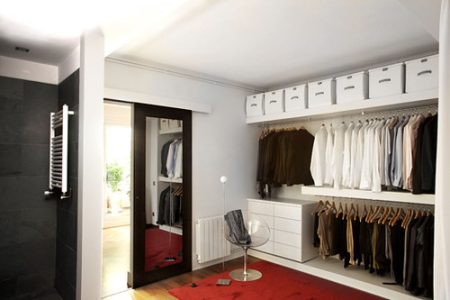Open or Closed Dressing Room: Which Is Better?
Choosing the right dressing room for your home can make a significant difference in organizing and storing your clothes and accessories. One common dilemma is whether to opt for an open dressing room, where items are easily accessible and on display, or a closed dressing room, where everything is concealed behind doors. In this blog post, we’ll explore the pros and cons of both options to help you determine which is better suited to your needs and preferences. From functionality and aesthetics to privacy and organization, we’ll delve into the key factors to consider when deciding between an open or closed dressing room.
Benefits of an Open Dressing Room
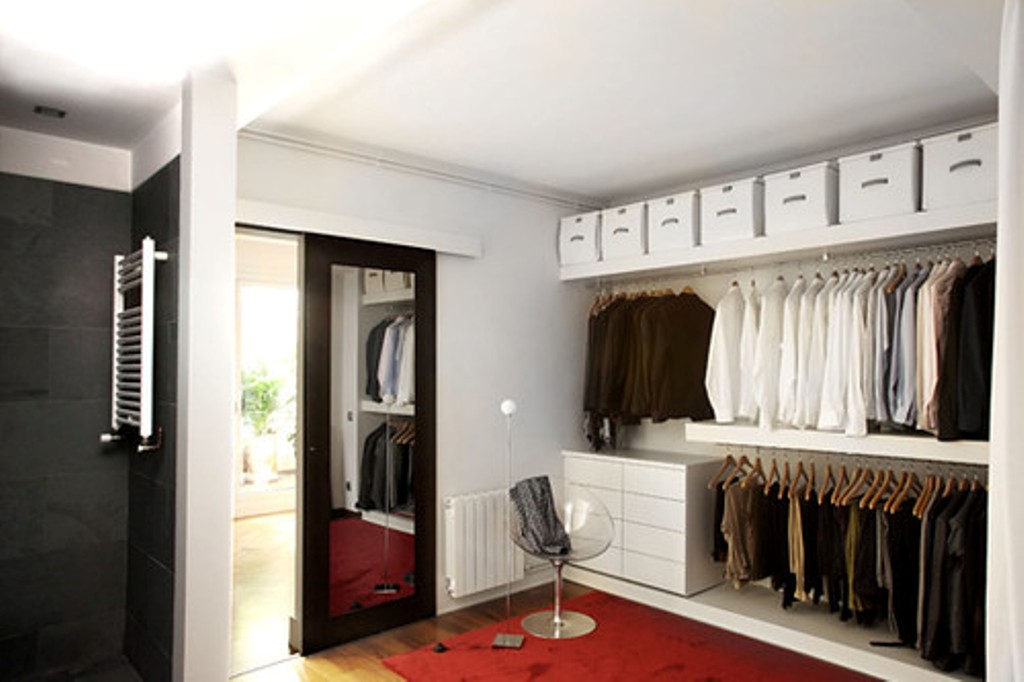
An open dressing room offers several advantages that make it an appealing choice for many homeowners. First and foremost, it provides easy access to your clothing and accessories, allowing you to quickly find and select items without the need to open doors or drawers. This accessibility promotes efficiency and convenience, particularly during busy mornings or when you’re in a rush. Additionally, an open dressing room showcases your wardrobe, turning it into a visually pleasing display. It creates a sense of luxury and sophistication, akin to a boutique or high-end store. The open concept also encourages organization and decluttering, as you’re more likely to keep your items neatly arranged when they’re visible to you and others.
Considerations for a Closed Dressing Room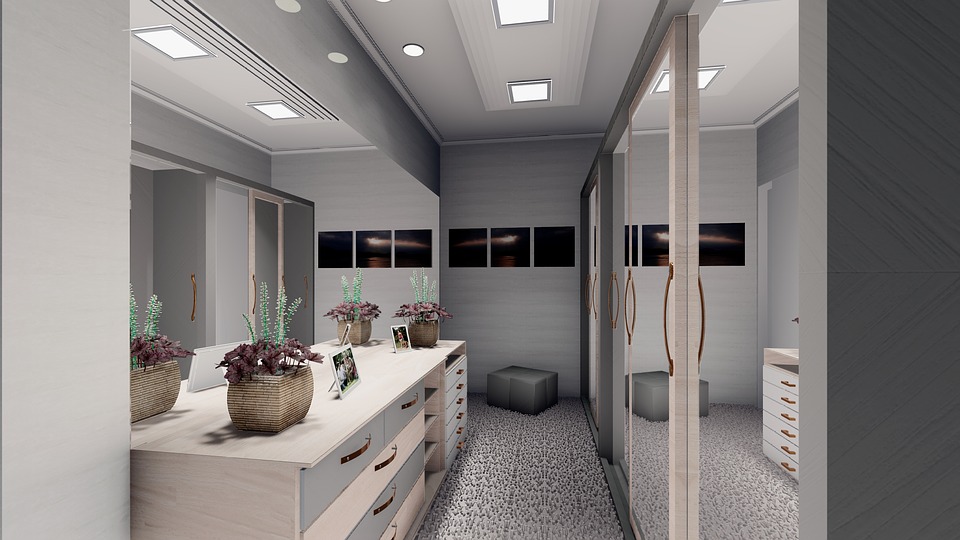
While open dressing rooms have their merits, closed dressing rooms offer their own set of advantages. One of the primary benefits is privacy. If you value personal space and prefer to keep your clothing choices hidden from view, a closed dressing room provides the necessary seclusion. It allows you to change in peace without worrying about anyone seeing your garments. Moreover, a closed dressing room offers a cleaner and more streamlined appearance. With doors and drawers concealing your clothing, the overall aesthetic can be more cohesive and visually appealing, especially if you prefer a minimalist or organized look. Closed dressing rooms also provide additional storage options, as you can utilize shelves, compartments, and hanging rods behind the doors to maximize space.
Finding the Right Balance
When deciding between an open or closed dressing room, it’s essential to find the right balance that suits your lifestyle and preferences. One option is to opt for a hybrid design that incorporates elements of both. For example, you could have open shelving for frequently used items or to display your favorite pieces, while keeping less frequently worn or seasonal clothing in closed storage areas. This allows you to enjoy the convenience and visual appeal of an open dressing room while maintaining the privacy and organization of a closed one. Another consideration is the layout and size of your space. Evaluate the available area, the amount of clothing and accessories you have, and how you want to utilize the space effectively.
In the debate between an open or closed dressing room, there is no definitive answer. The best choice depends on your personal preferences, lifestyle, and organizational needs. An open dressing room offers easy accessibility, visual appeal, and encourages organization, while a closed dressing room provides privacy, a streamlined appearance, and additional storage options. Consider your priorities, the layout of your space, and find a balance that suits your style and functionality requirements. Ultimately, the goal is to create a dressing room that reflects your personal taste, maximizes efficiency, and makes getting ready a delightful experience.
Note: When designing your dressing room, consult with professionals to ensure the layout and storage solutions align with your specific needs and available space.


